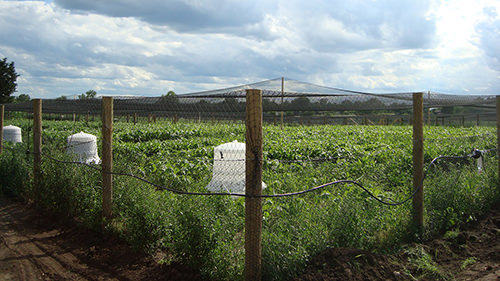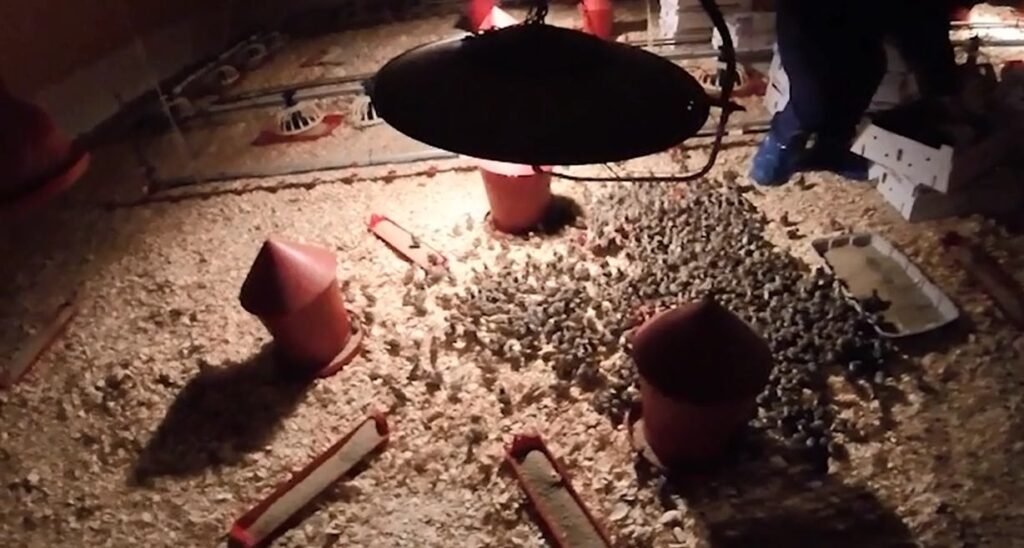Signs of Sickness or Stress in Birds
 MacFarlane Pheasants is proud of our humane treatment of birds and our strict biosecurity practices. It is important to recognize the signs of sickness and stress in our birds. Higher mortality rates than normal could signal either stress or sickness, and there are other symptoms to watch for, as well.
MacFarlane Pheasants is proud of our humane treatment of birds and our strict biosecurity practices. It is important to recognize the signs of sickness and stress in our birds. Higher mortality rates than normal could signal either stress or sickness, and there are other symptoms to watch for, as well.
If the birds are lethargic or not flying, they could be sick. They may be holding their wings down and looking like the weight of their wings is too heavy to hold up high on their backs. If they do not respond to a person in the room making noise, this also signals that something is wrong. Sick birds may have decreased appetites for food and water. Illness could cause runny or odd-colored feces, which results in dirtier bedding. If birds have swollen hocks on their legs or several birds are lame, or having a hard time standing, this could be a sign of sickness. Sick birds’ eyes may be swollen or look duller than usual, which gives an impression of sadness.
There are several things that we can do to treat sick birds, and we want to relieve any stressors in their environment to the best of our abilities. Usually, the birds require some type of medication or antibiotic. We may turn the lights up to increase bird activity and encourage the birds to eat and drink. Running the fans a bit more can ensure that the air quality is good and not too humid. Another measure that can help air quality and the barn conditions is top dressing the bedding in a room, which means we cover any dirty areas with fresh bedding.
Signs of stress in our birds could include combative or picking behavior on other birds. The birds start by pecking the tops of each other’s wings. As the behavior worsens, they pick back feathers off, followed by tail feathers. Another symptom of stress in our birds is panting. Stressed birds may “roost,” or hide in places where others can not get to them. They may also be in tight groups or piles, and the birds at the bottom could suffocate. Thinner birds may also indicate stress, as it could mean that there is increased competition.
Alleviating stress in birds can be tricky, because sometimes it is difficult to identify what the problem is. If we can not pinpoint the problem, we may increase the feed space. We confirm that the feeders and feed pans are feeding correctly and have no blockages. If there is picking behavior, we can try to lower the lights to see if that helps. As with sick birds, we can help stressed birds by running fans while maintaining awareness of the outside temperatures, so we avoid chilling the birds with too much fresh air. We don’t want to have drafts or hot spots, so we need to check temperatures throughout the room. We can also check our feed space, floor space, and water space numbers to make sure the density is appropriate for the room.
We are continually watching for signs of sickness or stress in our birds. If we notice symptoms, we can immediately begin working to identify the problem and treat the birds and their conditions appropriately. If you would like advice on evaluating your birds please call 608-757-7881 or fill out our contact form.
Related Posts

Preparing Our Barns & Pens Each Spring
Read Post
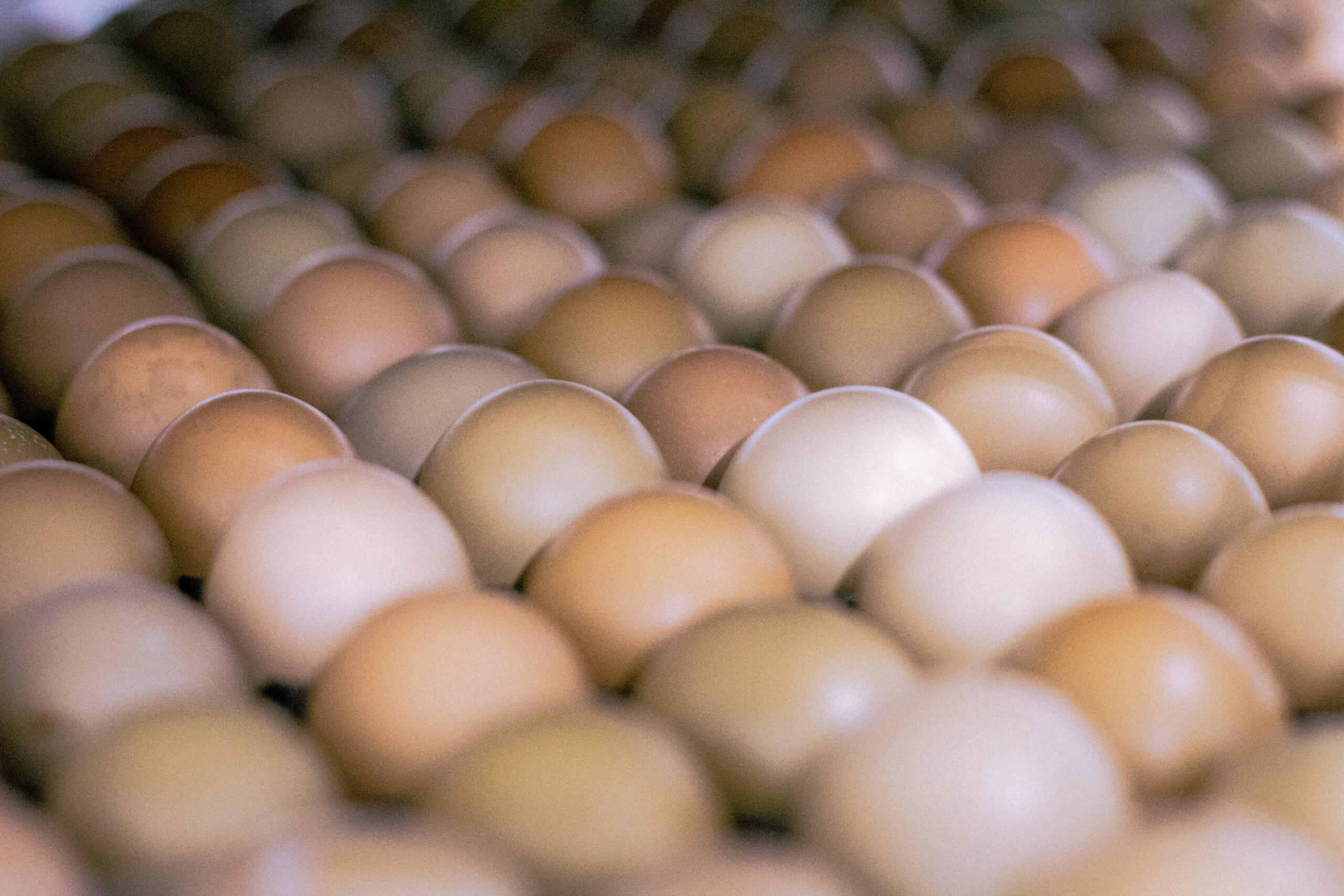
Incubation of Pheasant Eggs
Read Post
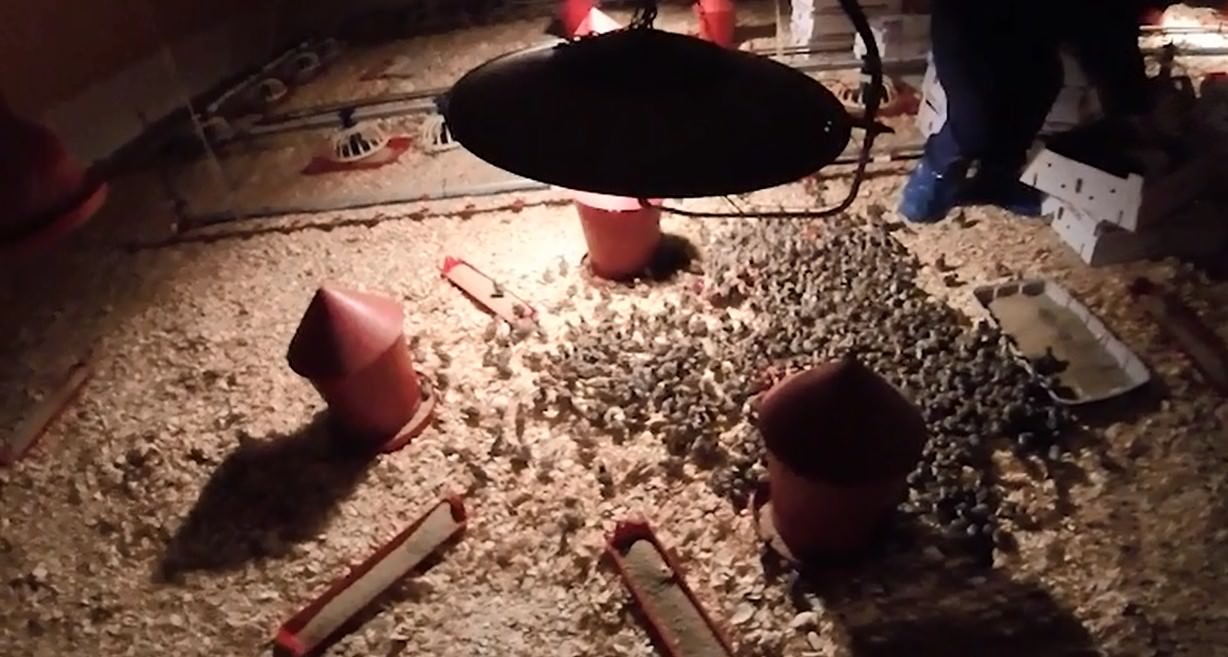
Interpreting Water Results
Read Post
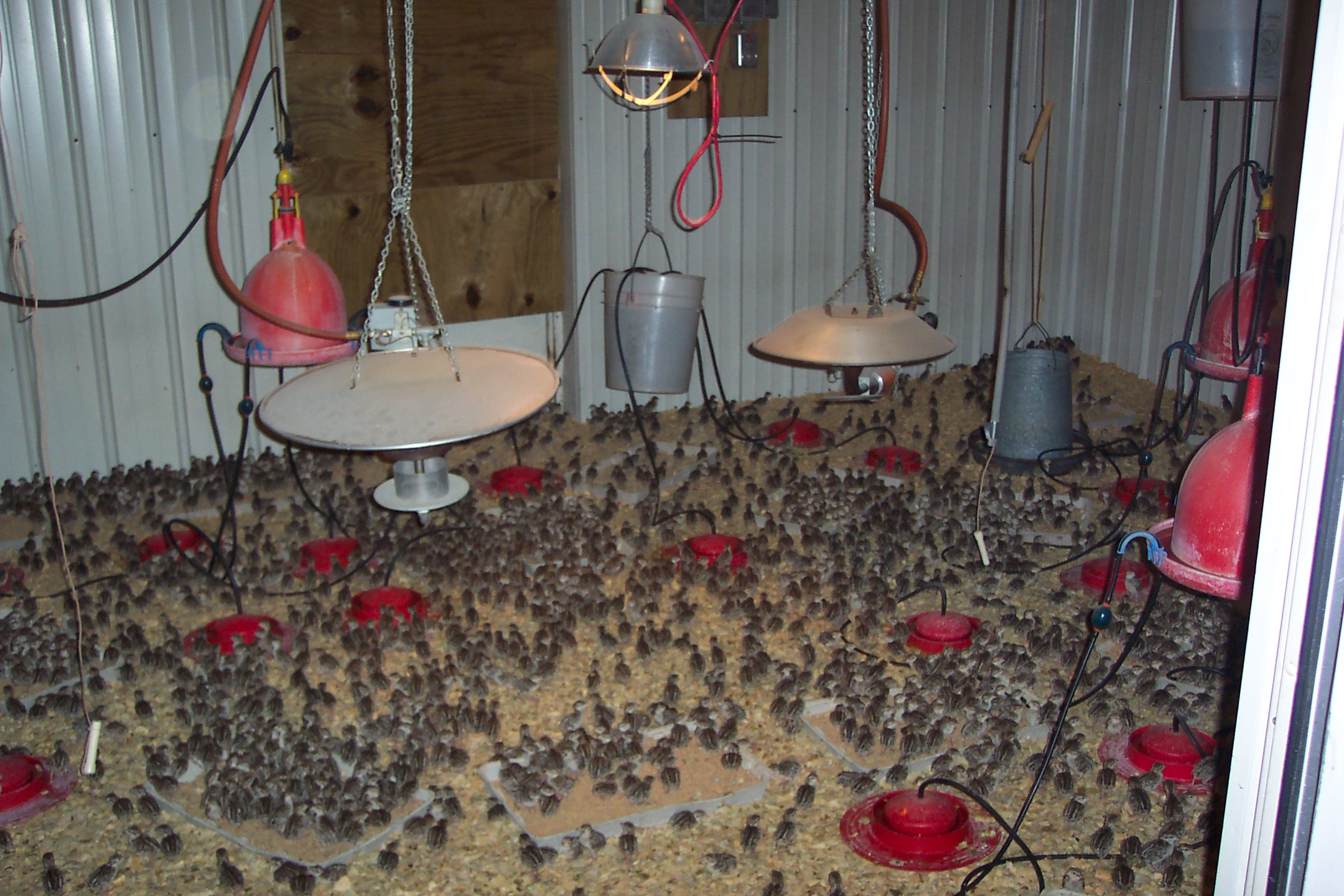
How We Prepare For Brooding Our Chicks
Read Post
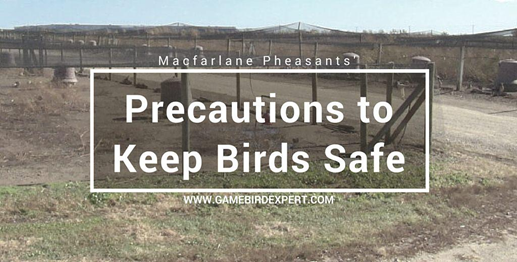
Best Practices For Keeping Game Birds Safe At MacFarlane Pheasants
Read Post
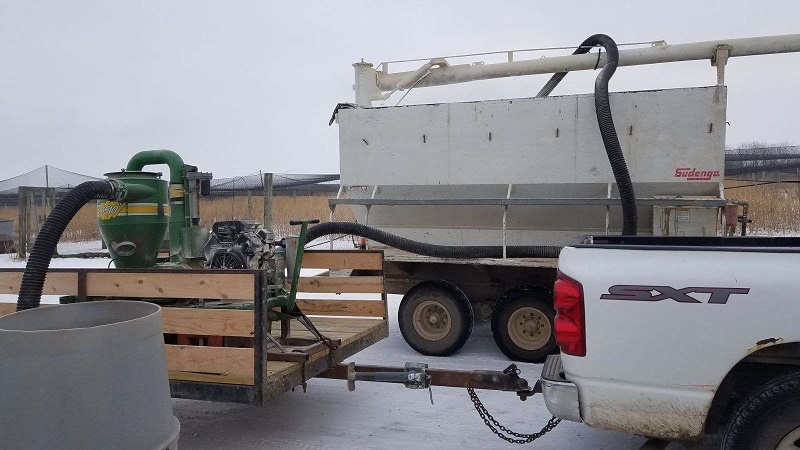
Cleaning Out Barns After Pheasants
Read Post
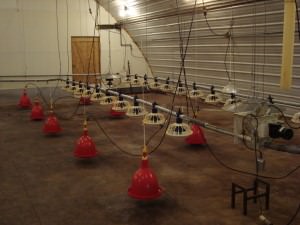
Disinfecting Barns
Read Post
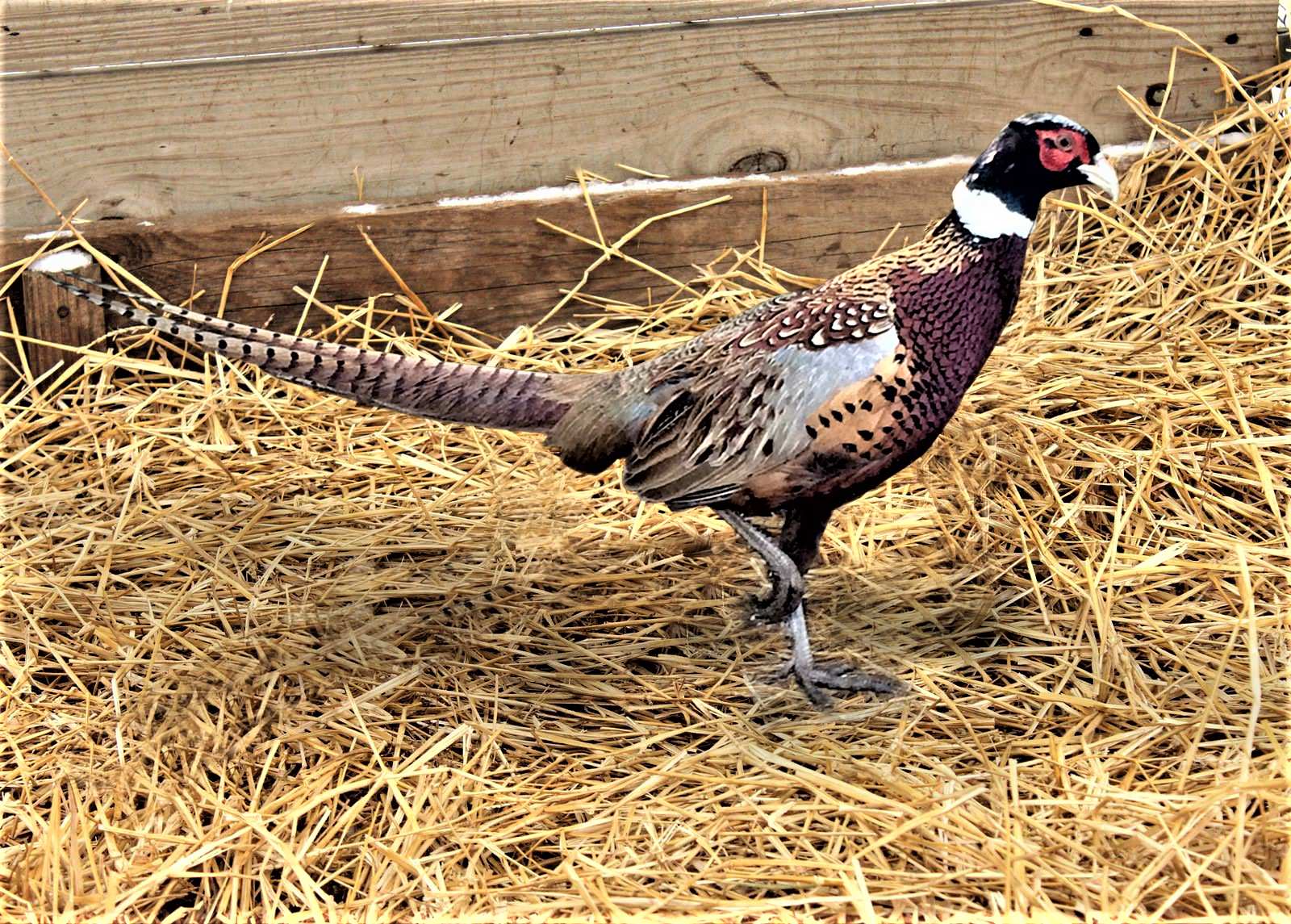
Gamebird Industry Risks
Read Post
Take Advantage of These Free Resources
As the biggest game bird farm in the United States, we want to share our experience with you. Download our free resources below and get started.

